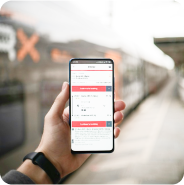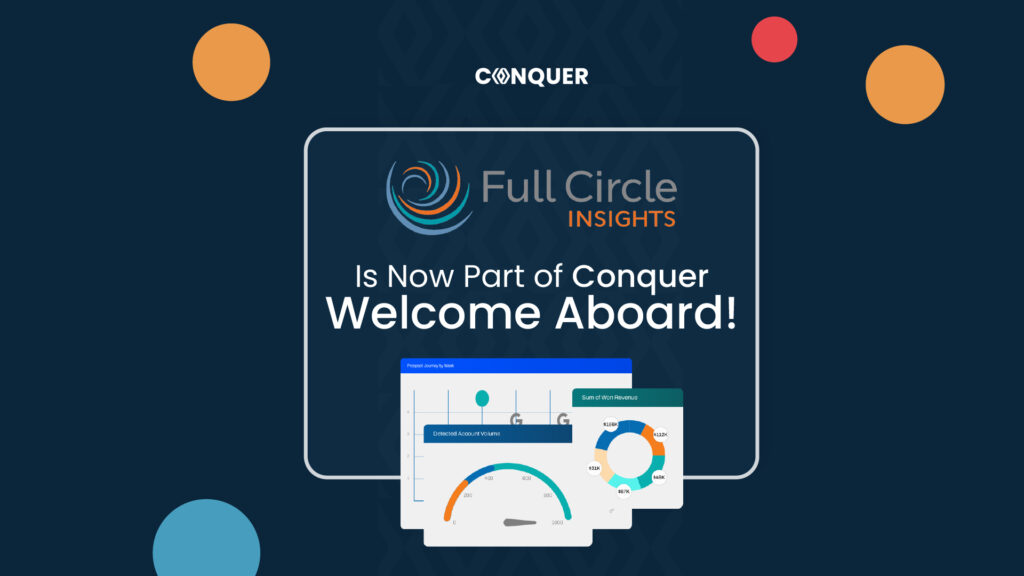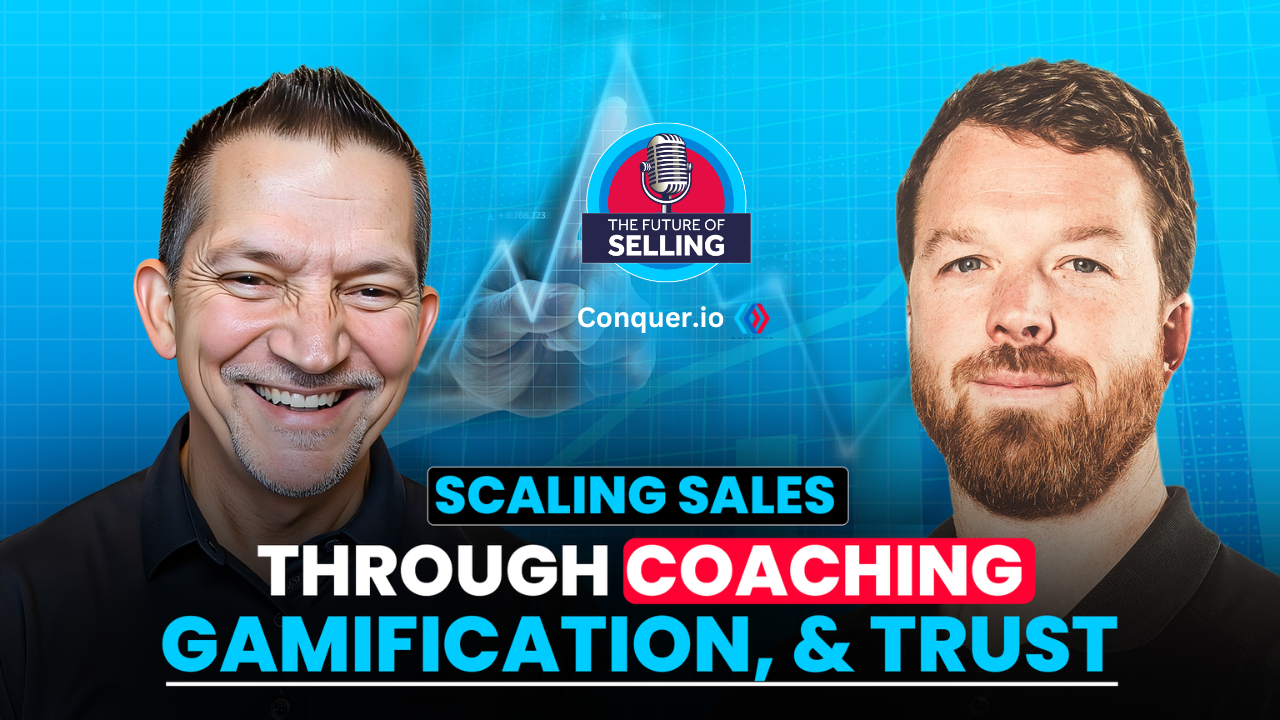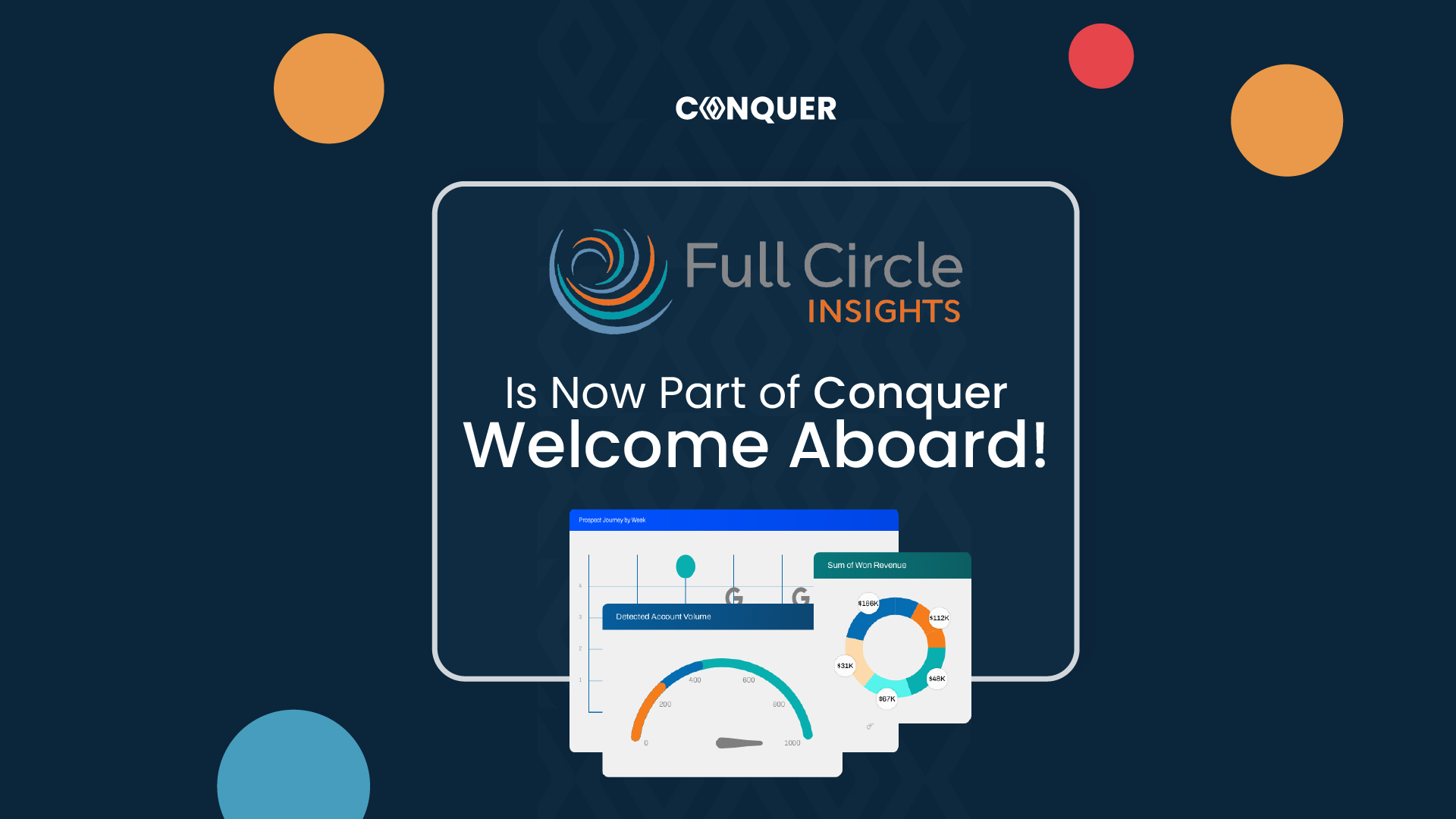Email follow up automation has quickly become a cornerstone of modern sales and marketing. Whether you’re nurturing leads, re-engaging prospects, or simply trying to keep conversations moving, automated follow ups can make the difference.
In this guide, we’ll explore what email follow up automation really means, why it matters, and how to implement it effectively. We’ll also share some tips, tools, and strategies to help your team boost productivity and hit revenue goals faster.
What is email follow up automation?
Email follow up automation is the process of using software to automatically send follow up messages to prospects, customers, or leads based on predefined triggers or schedules. Rather than relying on sales reps to remember when to send a message—or what to say—automation ensures that no opportunity falls through the cracks.
This can include:
- A series of follow up emails after a lead downloads a resource
- Re-engagement emails when a deal goes cold
- Automated check-ins after a demo or discovery call
- Sequences tailored to onboarding, renewals, or upsells
Basically, email follow up automation is about creating consistent, personalized communication at scale—without burning out your team.
Why follow up automation is critical for modern teams
In most industries, response rates drop dramatically after the first outreach. But 80% of sales require 5+ follow ups to close. The problem? Reps don’t always have time to send them. That’s where automation comes in.
Here’s what email follow up automation solves:
- Missed opportunities: Prospects often go silent after initial contact. Automation brings them back into the pipeline.
- Manual workload: Reps waste hours each week manually sending reminders or writing similar emails from scratch.
- Inconsistent messaging: Without automation, tone and timing vary wildly from rep to rep.
- Slow response times: Automation lets you strike while the lead is warm—immediately and reliably.
When used correctly, follow up automation keeps your brand top-of-mind, builds trust, and nudges leads toward a decision—all with minimal effort from your team.
Key benefits of email follow up automation
Email follow up automation delivers measurable gains in efficiency, consistency, and conversion. Here are some of the benefits, in detail.
1. Higher reply rates and conversions
Follow ups work because they show persistence and professionalism. By automating the process, you reach prospects at just the right time with the right message—boosting response rates significantly.
2. Time savings and rep productivity
Instead of spending hours digging through CRMs, writing custom emails, or setting reminders, reps can rely on automated workflows to handle routine communication. That frees them to focus on high-value activities like discovery calls and negotiations.
3. Consistency across the funnel
Your messaging, tone, and timing are aligned across your team, ensuring every prospect experiences a consistent, professional journey—no matter which rep they’re speaking to.
4. Faster sales cycles
By keeping conversations active and warm, follow up automation reduces gaps between touchpoints, helping prospects move through the funnel faster.
5. Scalability
Whether you’re managing 10 or 10,000 leads, automation allows you to follow up with all of them—without hiring additional headcount.
How to set up an effective email follow up automation strategy
Implementing email follow up automation requires a thoughtful approach to ensure your messages are timely and aligned with your overall sales process.
Step 1: Identify key touchpoints
Start by mapping your customer journey. Where do leads typically stall? What events or actions trigger the need for a follow up?
Common follow up triggers include:
- Form submissions (e.g., pricing request or demo)
- No response after the first outreach
- Meeting no-show
- Trial expiration
- Post-purchase check-in
Step 2: Create your follow up sequences
Build a sequence of 3–5 emails per scenario. Keep each message short, focused, and conversational. Mix up formats—some can be reminders, others can add value through content, case studies, or social proof.
Example: Demo request follow up sequence
- Day 1 – Thank you + scheduling link
- Day 3 – Helpful content: “Here’s what others asked during their demo”
- Day 7 – Light nudge: “Still interested in seeing how it works?”
- Day 10 – Final touch: “Want me to close the loop or keep the spot open?”
Step 3: Personalize intelligently
Automation doesn’t mean generic. Use dynamic fields (like name, company, last action) to personalize messages. Segment your audience based on behavior or firmographics to tailor tone and content.
Step 4: Monitor performance
Track open rates, reply rates, and conversions. Which messages drive the most replies? Where do prospects drop off? Use this data to refine your messaging and timing.
Step 5: Keep your lists clean
Automated follow ups can backfire if sent to outdated or unqualified leads. Make sure to always scrub your lists and monitor engagement to avoid spam filters and unsubscribes.
How Conquer simplifies follow up automation
Conquer brings automation directly into Salesforce—so your reps never have to toggle between tools or worry about what’s next. Here’s how it helps:
- Smart triggers: Automatically launch follow up sequences based on rep activity, deal stage, or customer behavior.
- Real-time guidance: Reps get in-the-moment recommendations on what to send next.
- Personalization at scale: Use templates that auto-fill with context-rich data, ensuring relevance without manual effort.
- Multi-channel sequences: Combine emails, calls, and LinkedIn touches for a holistic follow up strategy.
- Actionable analytics: See exactly which follow ups are driving pipeline movement—and which need to be adjusted.
Whether you’re engaging new leads or warming up cold deals, Conquer ensures every prospect receives timely, relevant outreach—helping your team stay efficient, responsive, and ahead of the competition.
Common mistakes to avoid
Even the best automation systems can fall short if not used strategically. Watch out for these pitfalls:
- Over-automation: Don’t send emails just for the sake of activity. Make every message count.
- Generic templates: Avoid sending copy-paste emails that feel impersonal or robotic.
- Poor timing: Space your emails appropriately—too frequent, and you risk annoying; too spaced out, and you lose momentum.
- Ignoring replies: Automation should alert reps when a response comes in—don’t let real conversations slip through the cracks.
Wrapping up
Email follow up automation is a must-have for any sales or marketing team aiming to scale. Done right, it empowers your reps to stay proactive, ensures every lead is nurtured effectively, and drives higher revenue without adding more manual work.
If your follow up process still relies on spreadsheets and sticky notes, it’s time for an upgrade. Ready to automate follow ups and close more deals? Schedule a demo with Conquer today!








